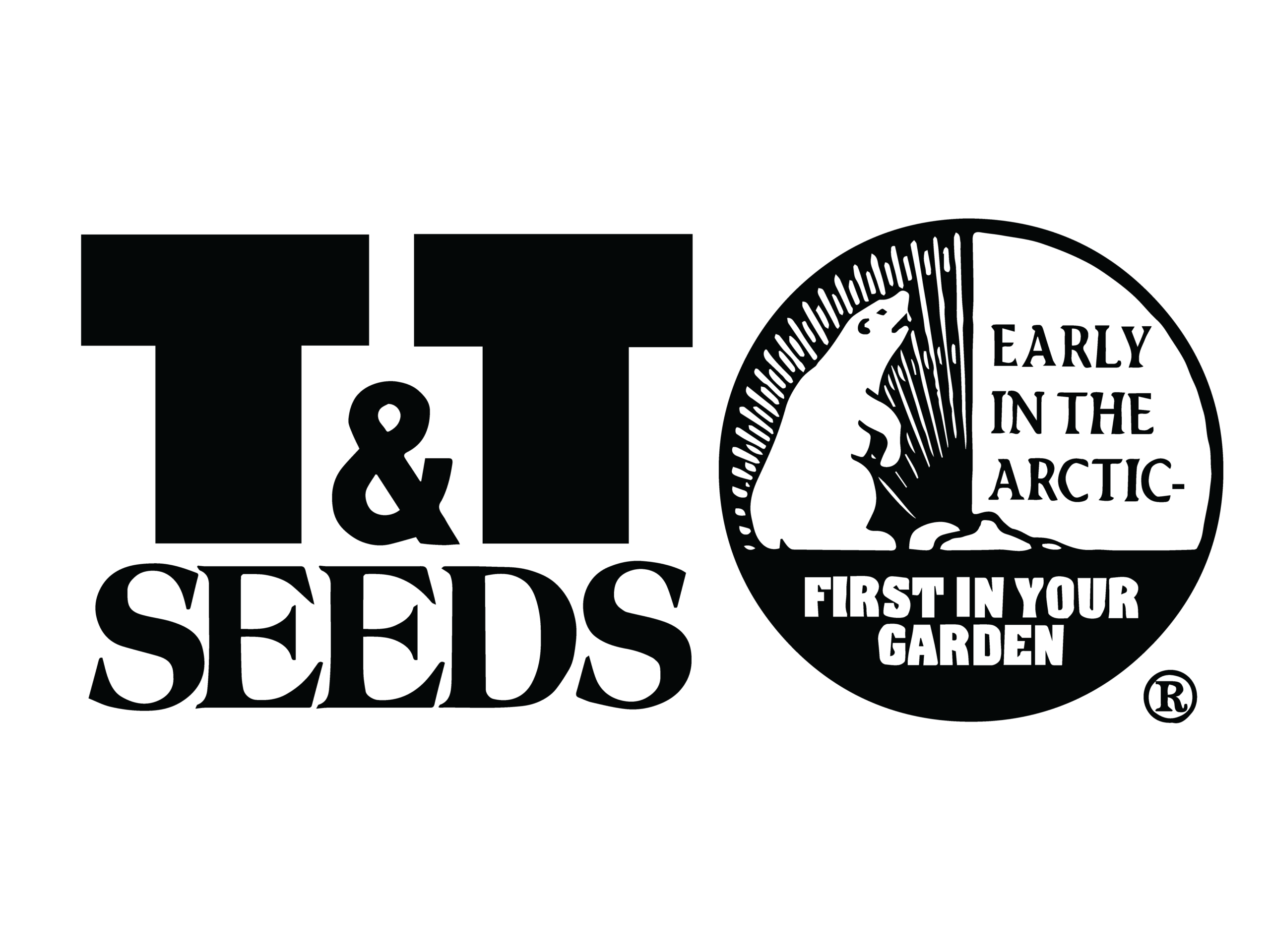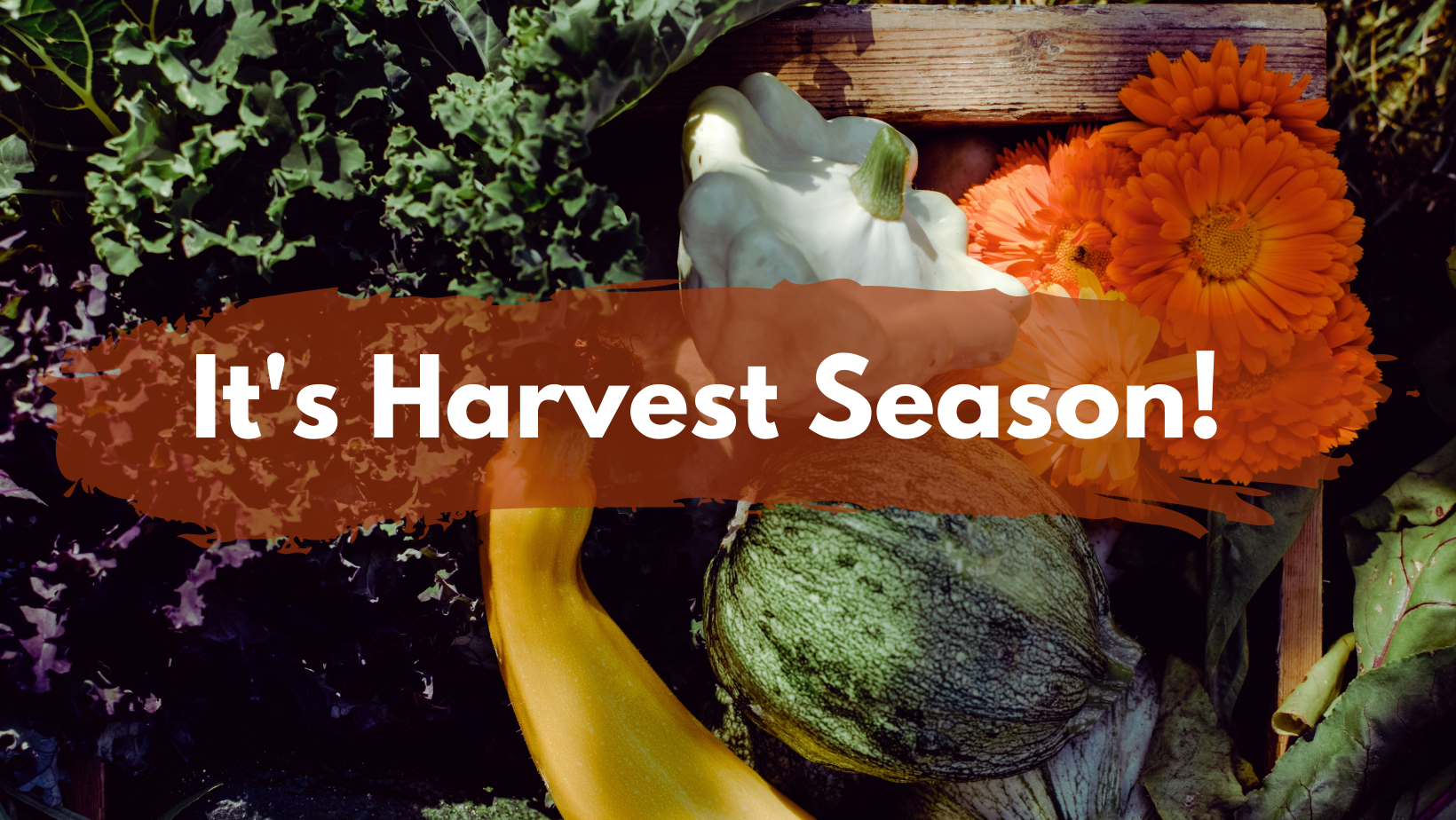Storing Your Harvested Vegetables
Although you may use much of your harvested fruits and vegetables over the upcoming Thanksgiving weekend, us avid growers are bound to have leftovers. It is therefore important to consider the different storage needs of your fruits and vegetables.
To successfully store your harvest you must consider the different temperature and humidity requirements of each fruit and vegetable. Luckily for us, there are only four basic temperature and humidity groups to consider.
Group 1: Cold and Moist
Pack your beets, carrots, turnips, radishes, and rutabagas in a cold area such as an unfinished basement or garage at a temperature between 0 and 4 °C. To ensure that your vegetables stay moist, wrap them in sand, newspaper or peat moss and continually spray with water.
Group 2: Cold and Dry
Consider storing apples, pears, cabbage, brussels sprouts, and potatoes in the same location as Group 1 but package them in such a way that ensures more air circulation and therefore drier conditions. Your potatoes need to be stored in complete darkness, while your apples and pears need to be wrapped individually in dry newspaper.
Group 3: Cool and Dry
Your onions, garlic, and shallots will keep best in a dry, unheated spare room or closet with a temperature ranging from 0 to 10 °C. You should dry and cure these products for two to four weeks before storing them in braided mesh bags or alternatively in shallow boxes and baskets that are no more than two layers deep.
Group 4: Slightly Warmer and Dry
Surprisingly, sweet potatoes, pumpkins, and winter squash need slightly warmer conditions, around 10 to 15 °C, in order to keep their texture. Make sure you don’t stack too many of these products on top of each other as doing so will lead to poor circulation and a shorter shelf life. Your sweet potatoes will also need to be cured at a high temperature (between 26°–32°C) for 5 to 10 days before storing and must be stored at a temperature of 10°C.
Check out this simple storing chart along with harvesting tips to get the most out of your harvested fruits and vegetables this winter!
| Vegetable | Shelf Life | How to Store | Harvest tips |
| Apples | 1-2 Months | Cold and moist | |
| Beet | 5 Months | Cold and moist | Store without tops |
| Carrot | 8 Months | Cold and moist | Store without tops |
| Cabbage | 5 Months | Cold and moist | |
| Kohlrabi | 2 Months | Cold and moist | Store without tops |
| Onion | 4 Months | Cool and dry | Cure before storage 2-4 week |
| Parsnip | 4 Months | Cold and moist | Harvest after frost |
| Potato | 6 Months | Dark cool and moist | Harvest after vines die back |
| Radish | 1 Month | Cold and moist | |
| Rutabaga | 4 Months | Cold and moist | |
| Winter Squash | 4-6 Months | Cold and moist | Harvest when the shells are hard and before a frost |
| Turnip | 4 Months | Cold and moist |


